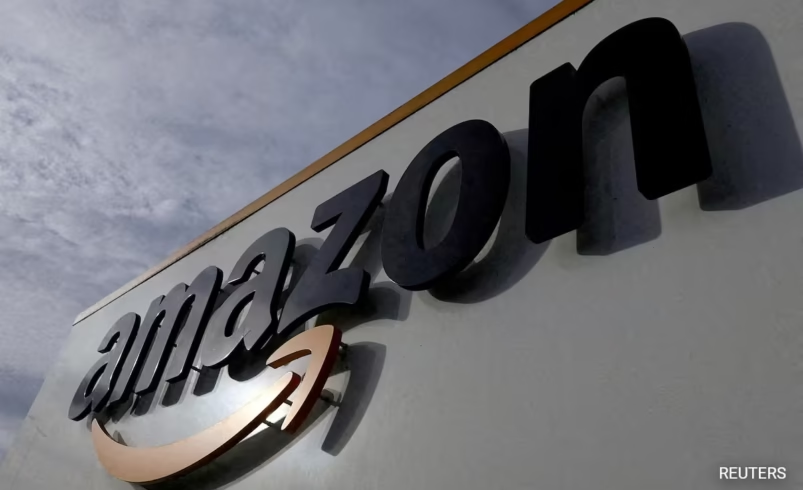Amazon Enters Quick Commerce Race with 10-Minute Delivery in India
- July 11, 2025
- 0

Amazon has introduced its ultra-fast delivery service, Amazon Now, in select areas of Delhi, following its initial launch in Bengaluru. This move intensifies the competition in India’s quick commerce sector, where companies like Blinkit, Zepto, and Swiggy Instamart are already vying for dominance. The service offers a curated selection of everyday essentials delivered within 10 minutes, aiming to cater to the fast-paced lifestyles of urban consumers.
Quick commerce platforms are reshaping retail behavior by offering high-frequency engagement and expanding their product categories. According to a report by ICICI Securities, these platforms are no longer limited to speed and snack-led occasions but are creating deep-habit loops among consumers. The convenience of online shopping combined with the familiarity of local kirana stores has made quick commerce appealing to many.
Amazon’s entry into the quick commerce market is seen as a strategic move to capture a share of the rapidly growing sector. The service covers daily essentials such as groceries, personal care items, and small appliances, with free delivery for orders meeting minimum value requirements. Market analysts believe that while Amazon is still in the early stages, its presence could significantly impact the market dynamics.
Despite its growth potential, quick commerce faces challenges including regulatory scrutiny from the Central Consumer Protection Authority (CCPA). Issues such as food safety lapses and compliance gaps have prompted the CCPA to issue notices to several companies for failing to meet mandatory product disclosure requirements. These challenges highlight the need for companies to adhere to regulations while expanding their services.
The quick commerce market in India is projected to grow significantly, with estimates suggesting a gross order value increase from Rs 64,000 crore in FY 2024-25 to Rs 2 lakh crore by FY28. Reports also predict that the market size could reach USD 40 billion by 2030. As smartphone penetration and low data costs continue to rise, quick commerce is poised to revolutionize consumer buying habits in India.